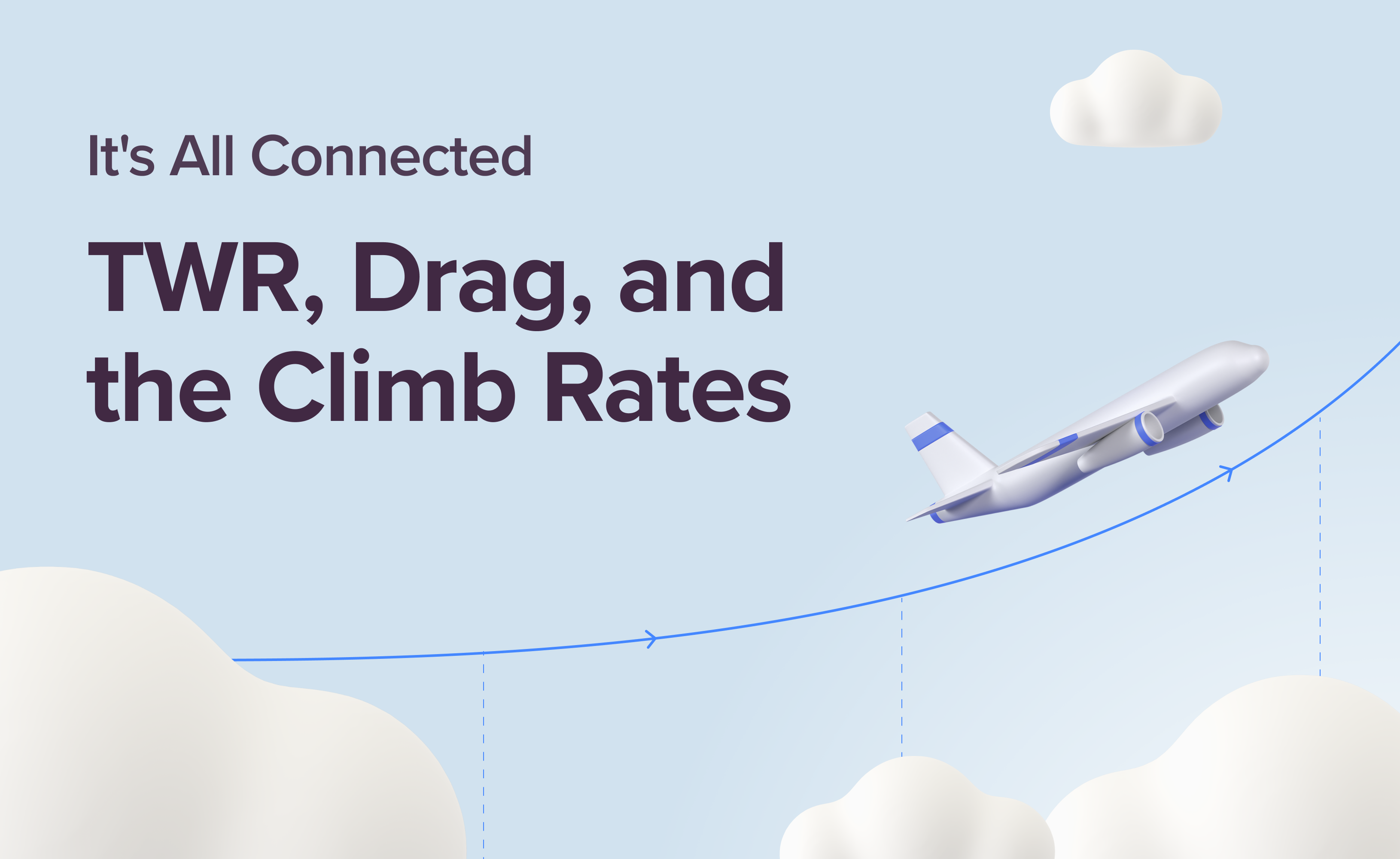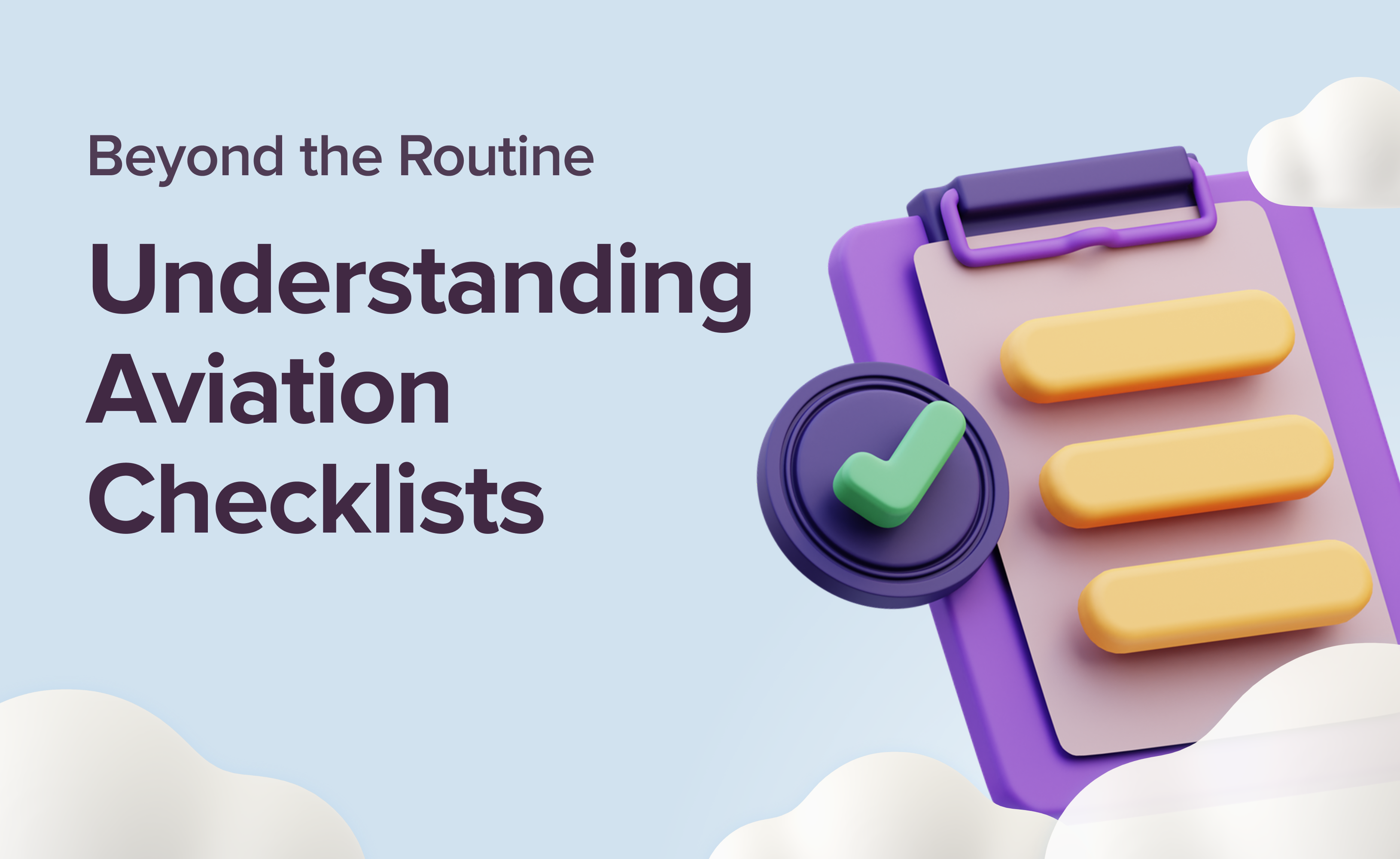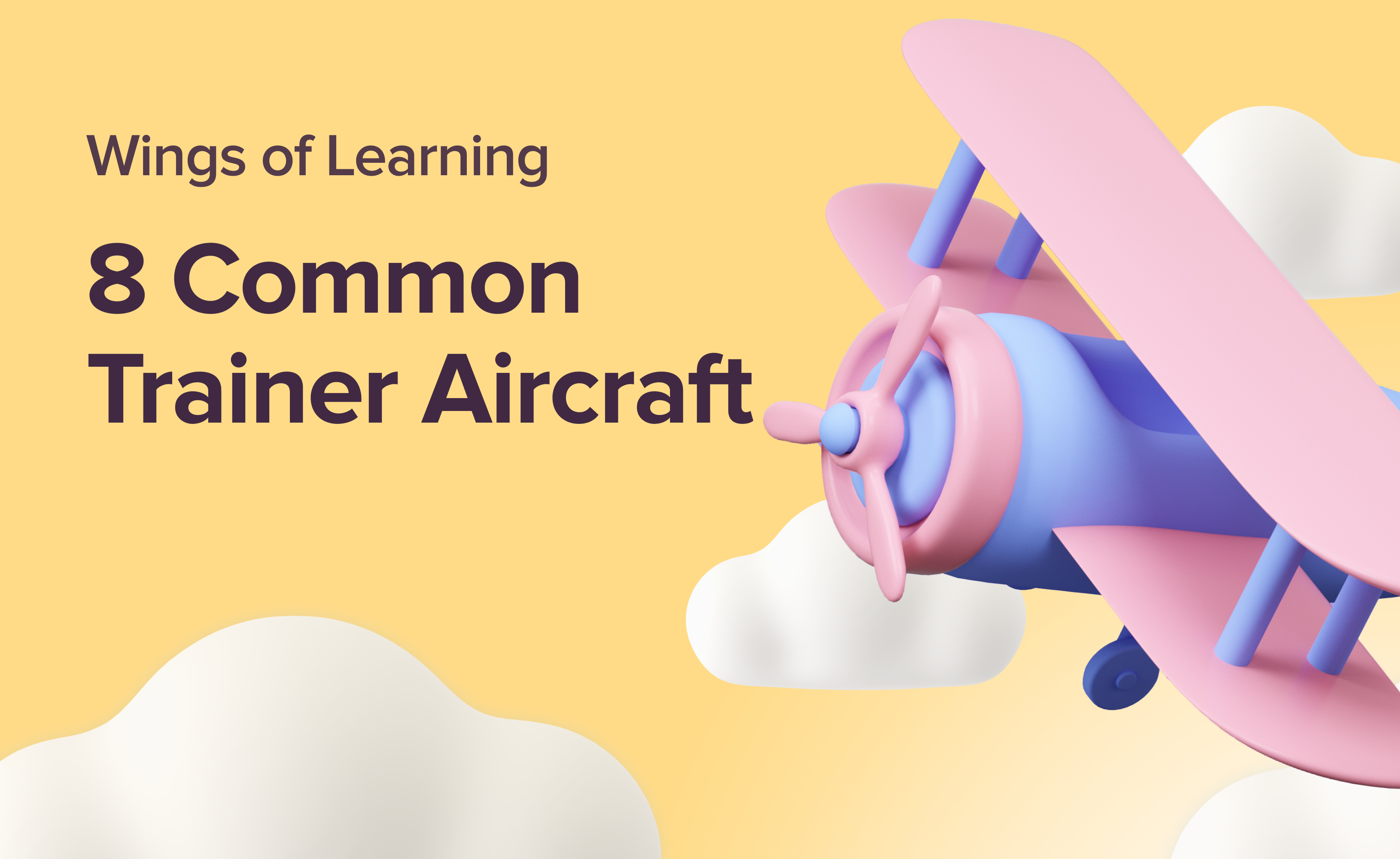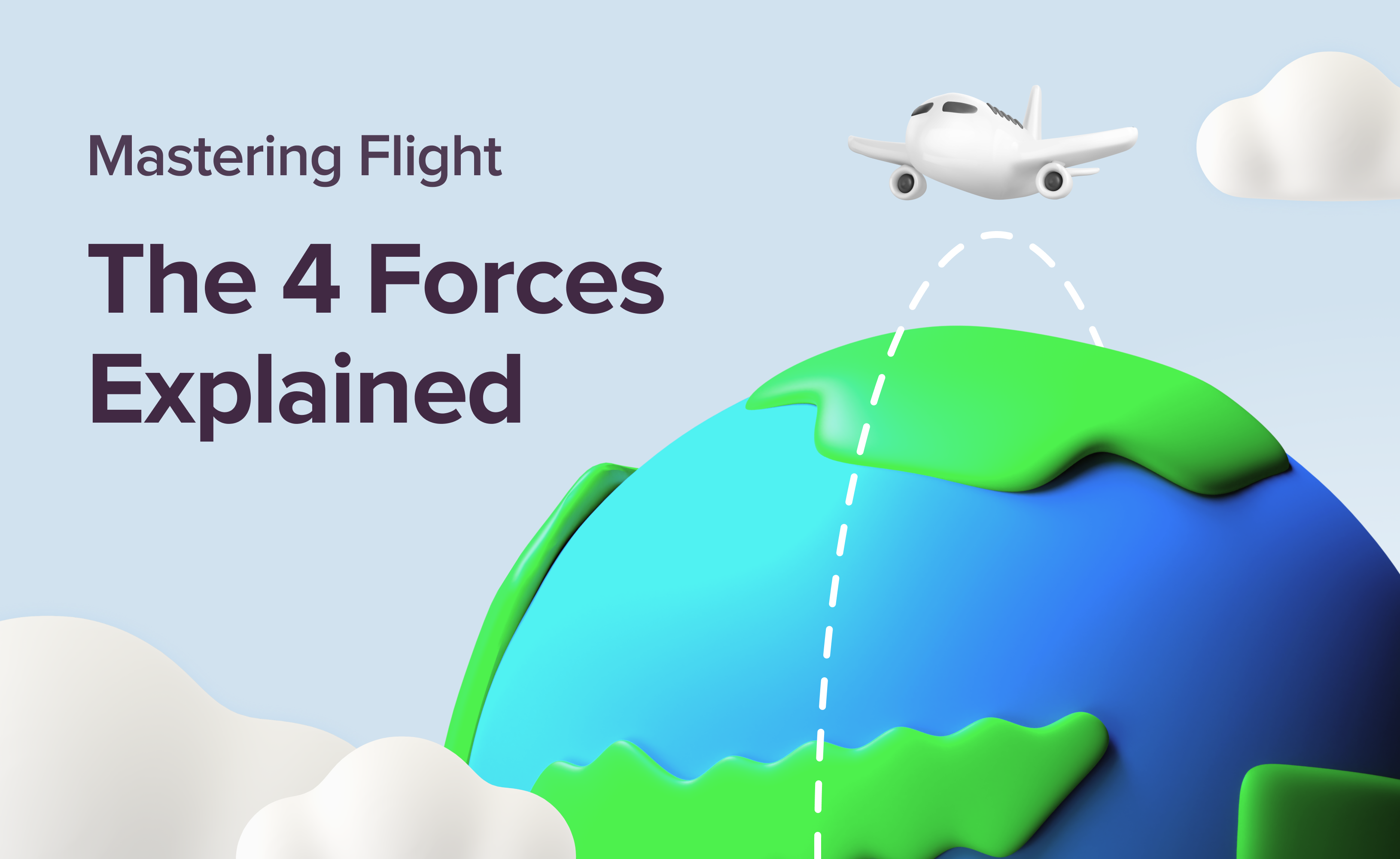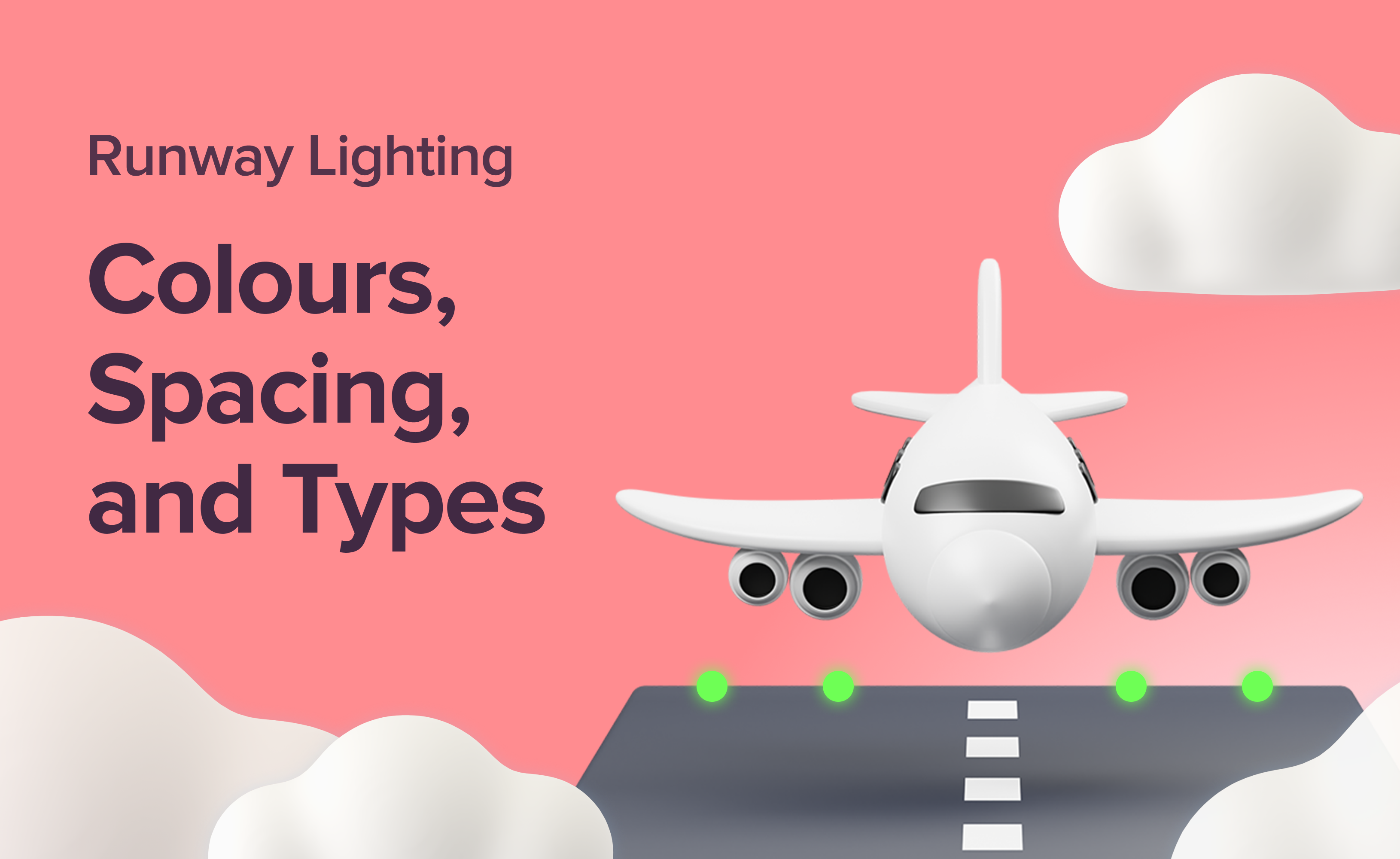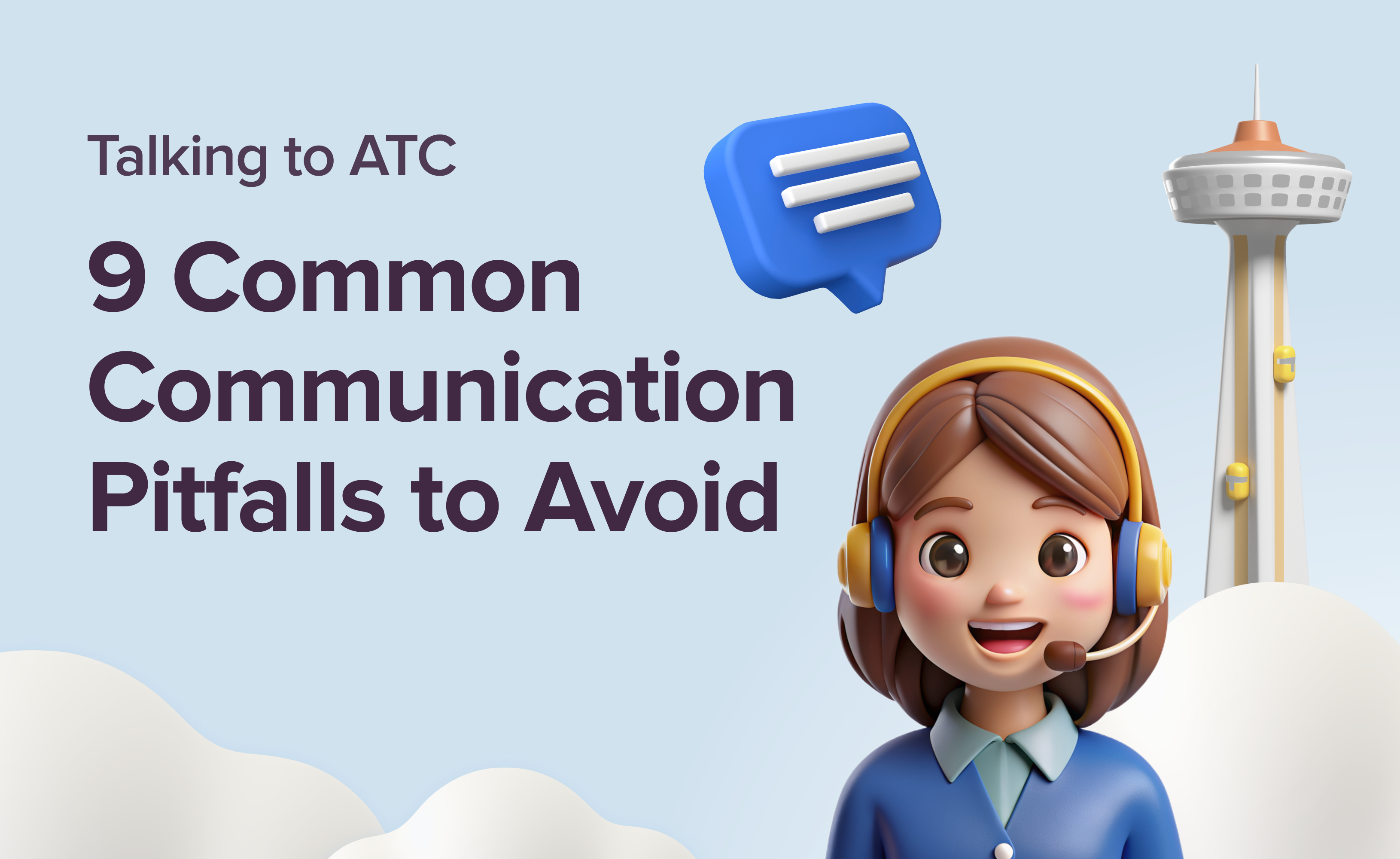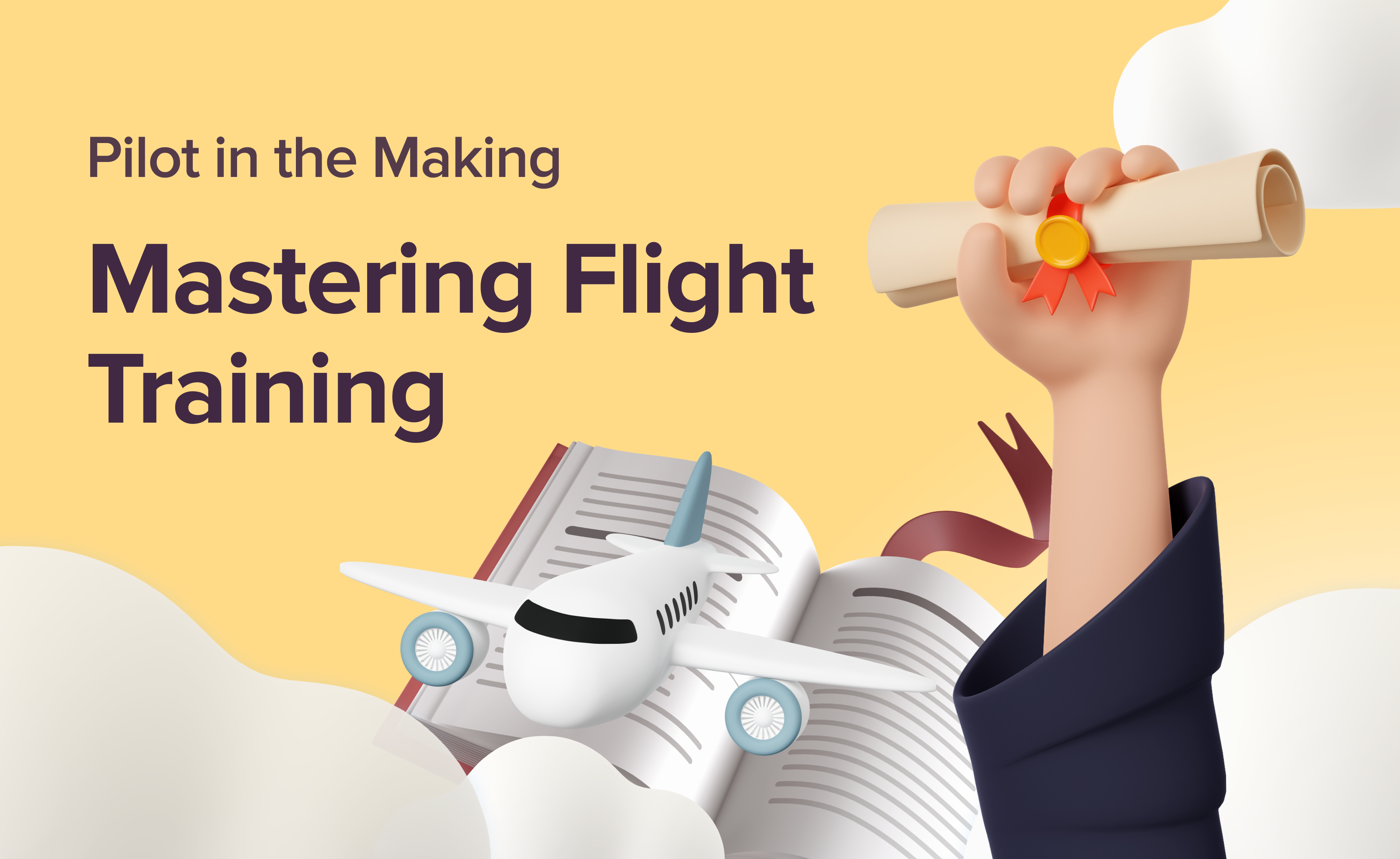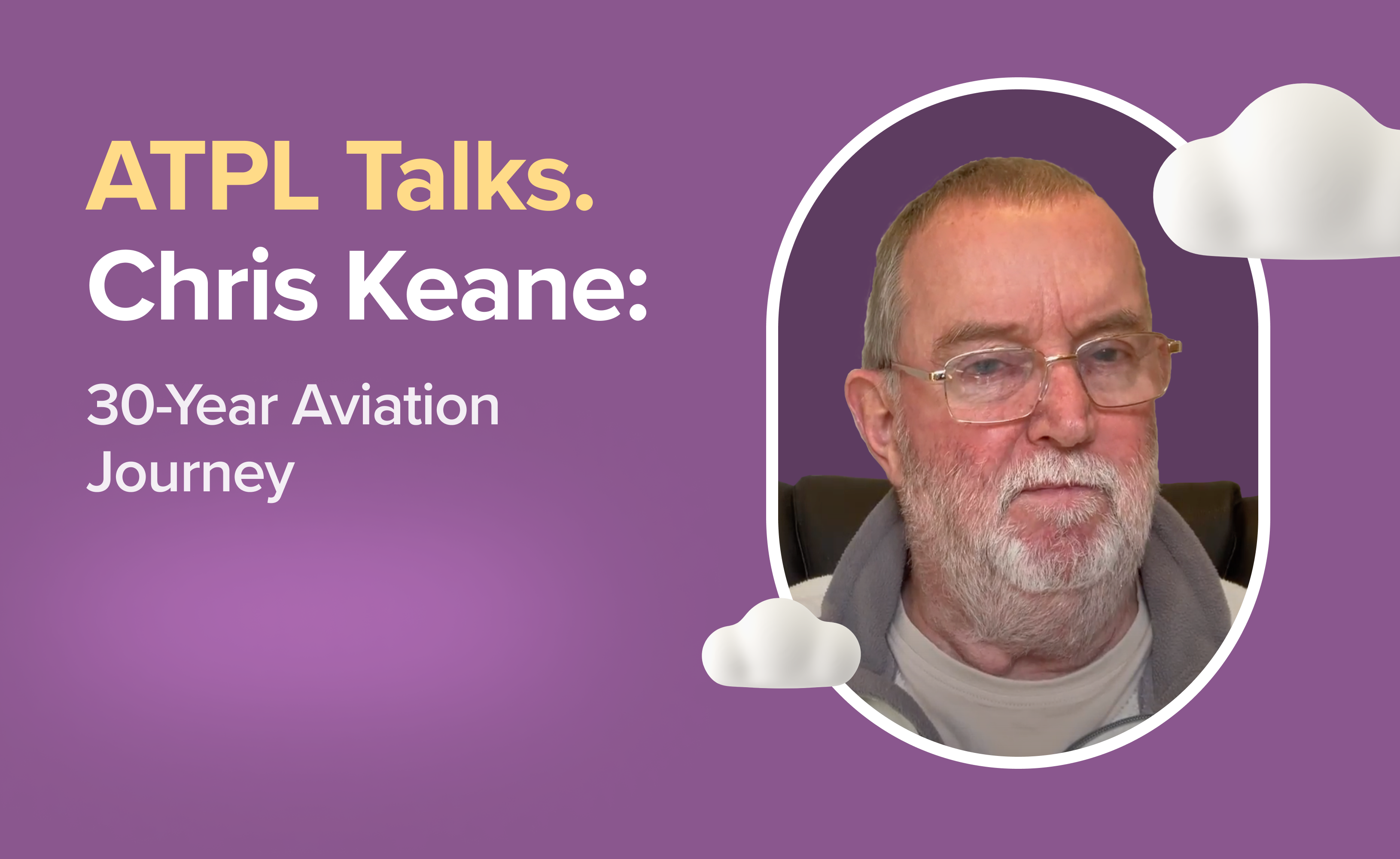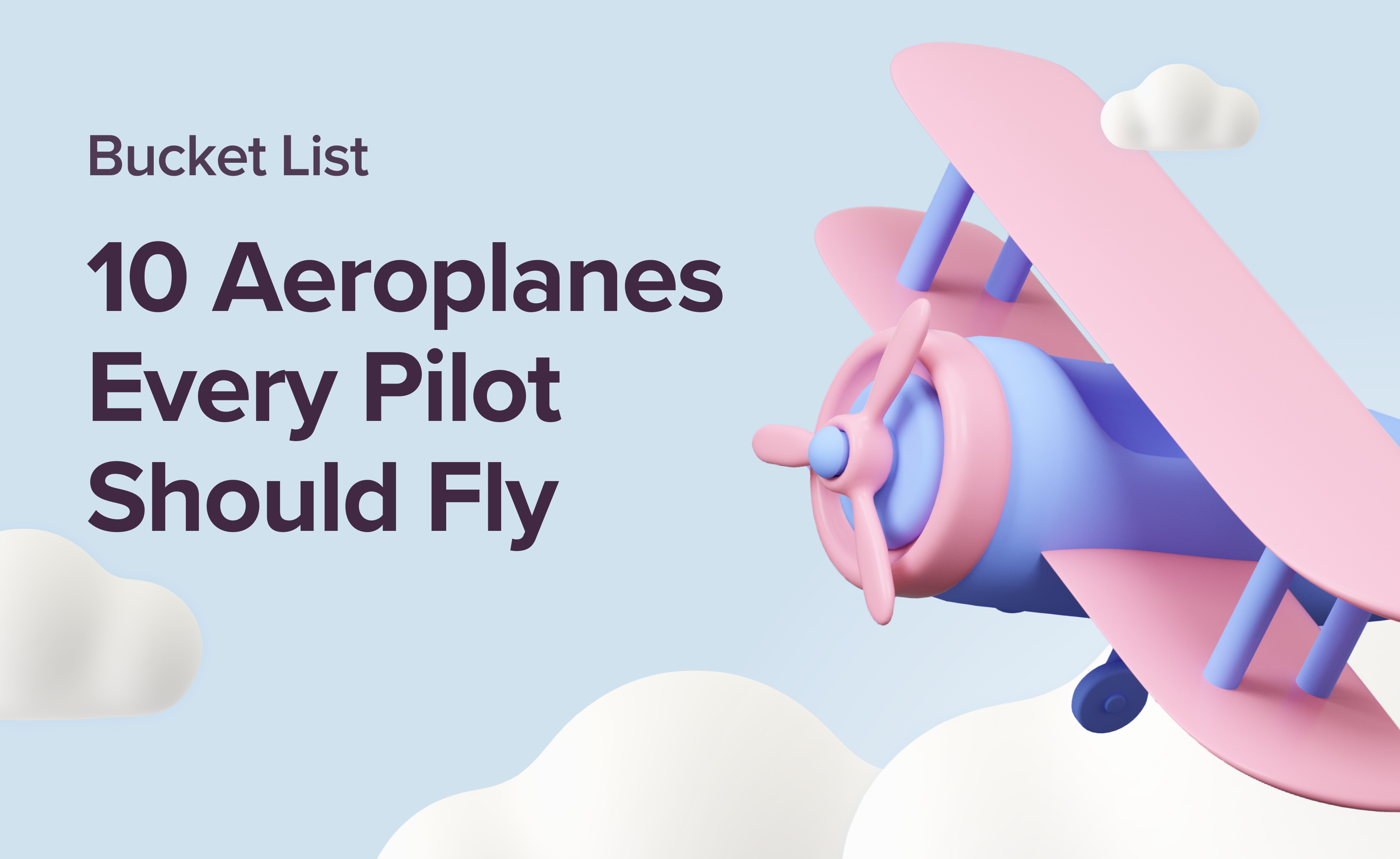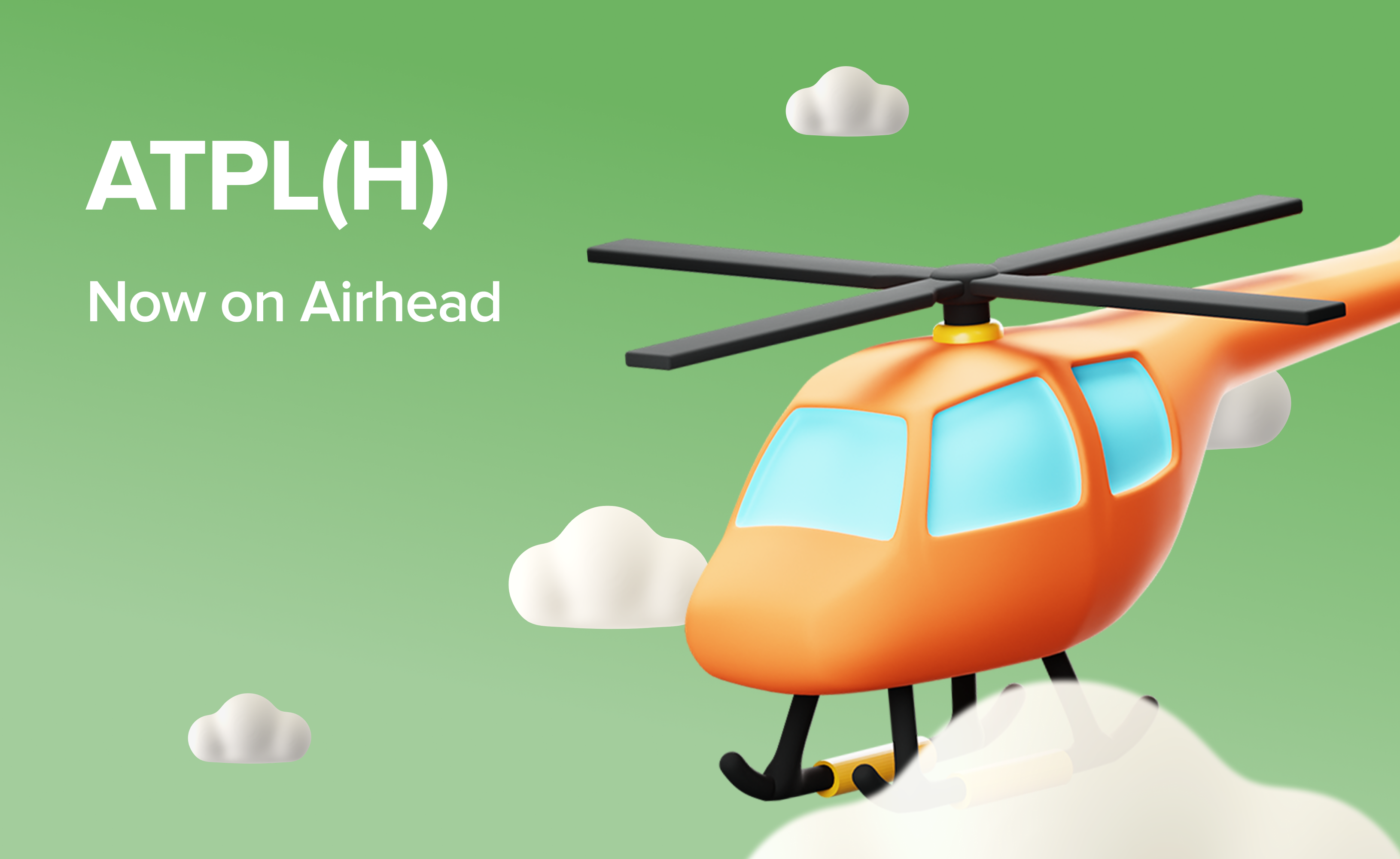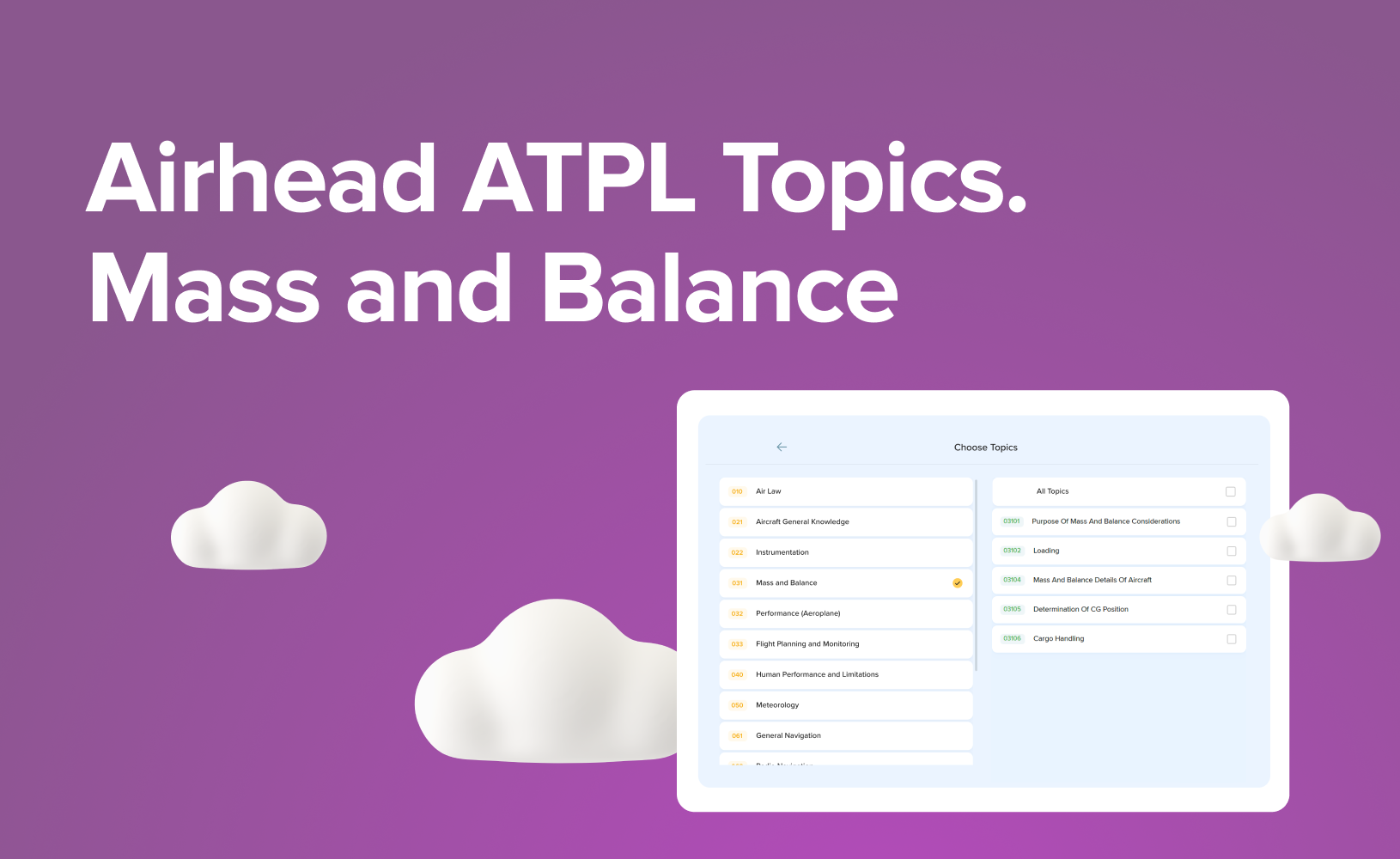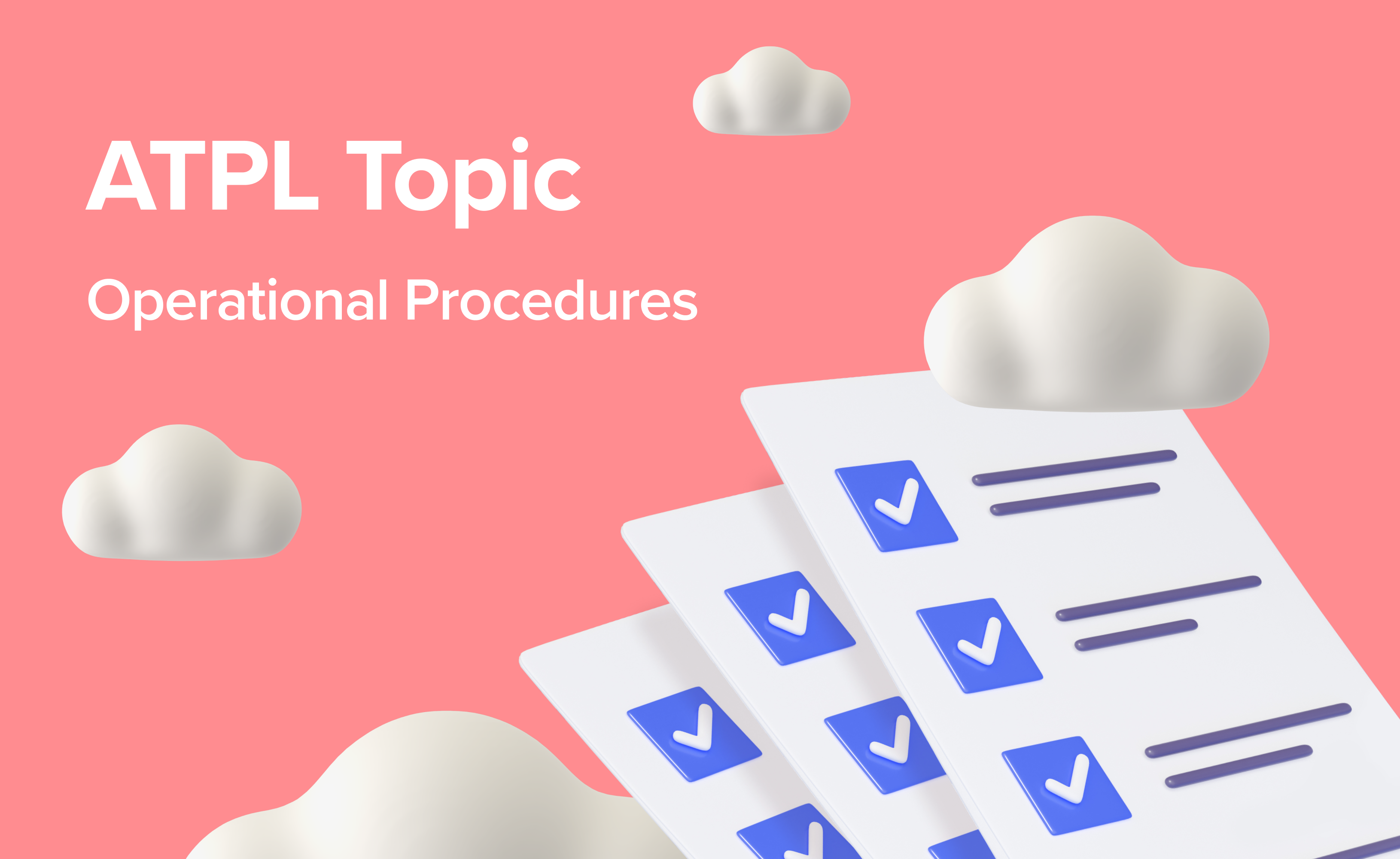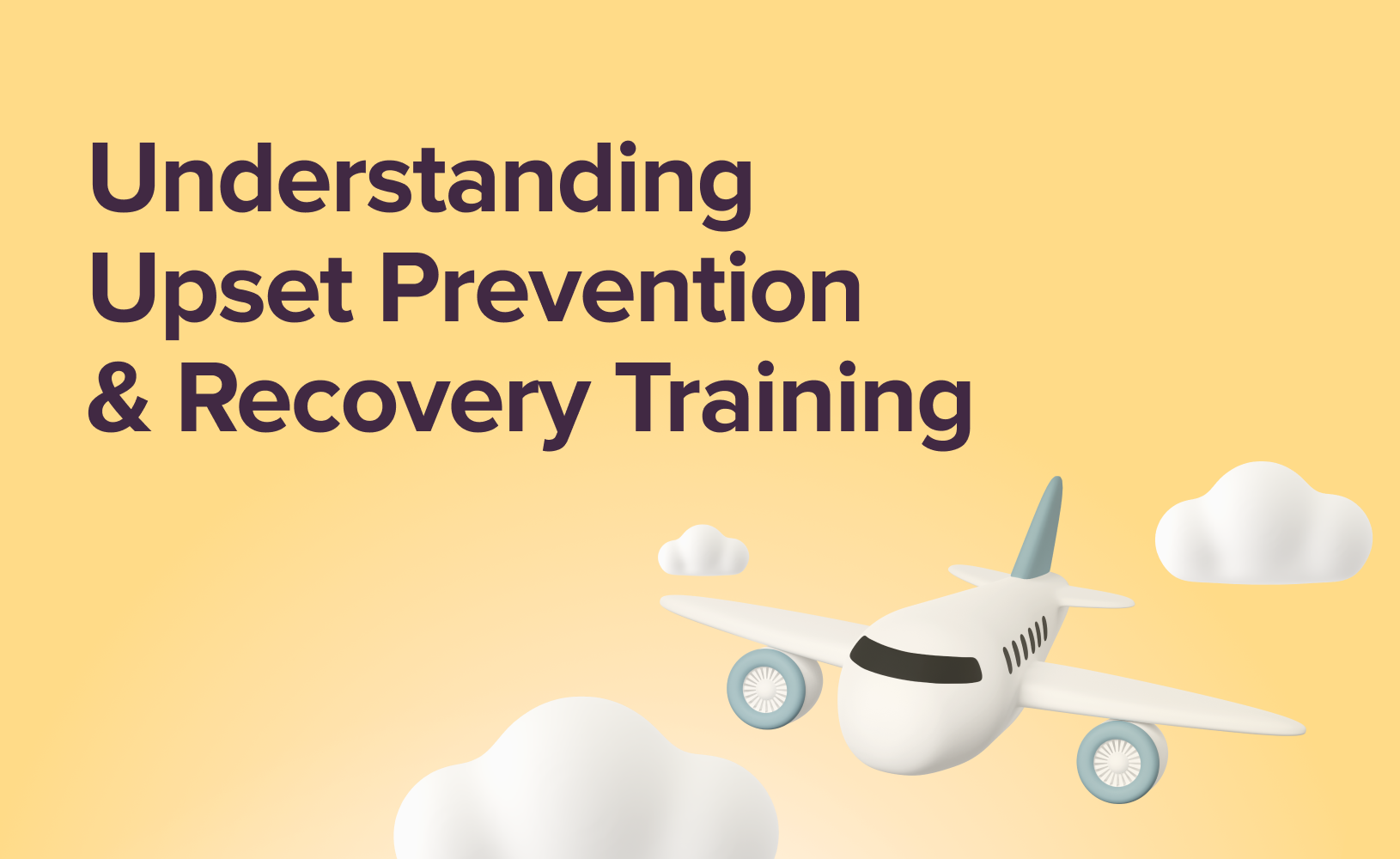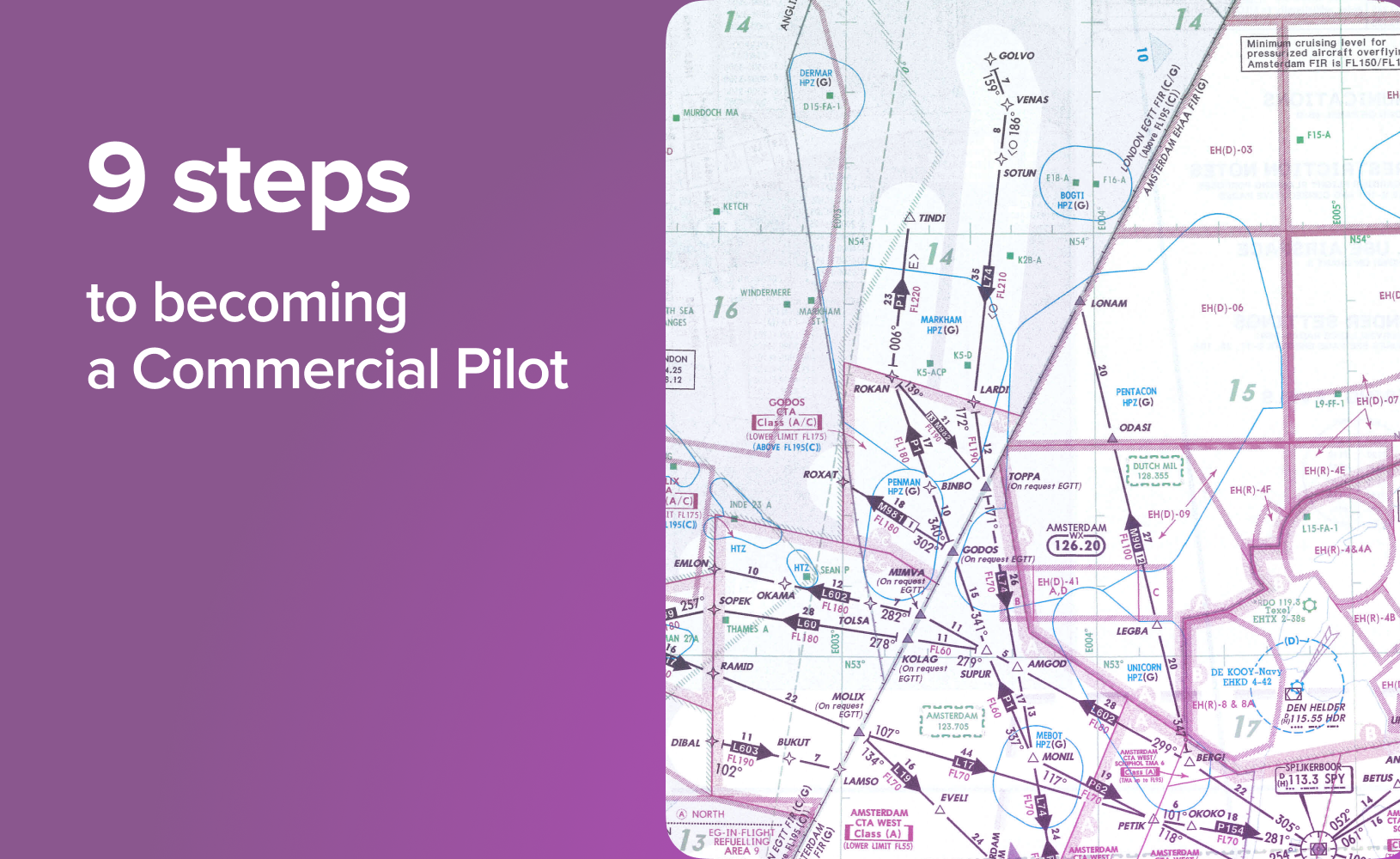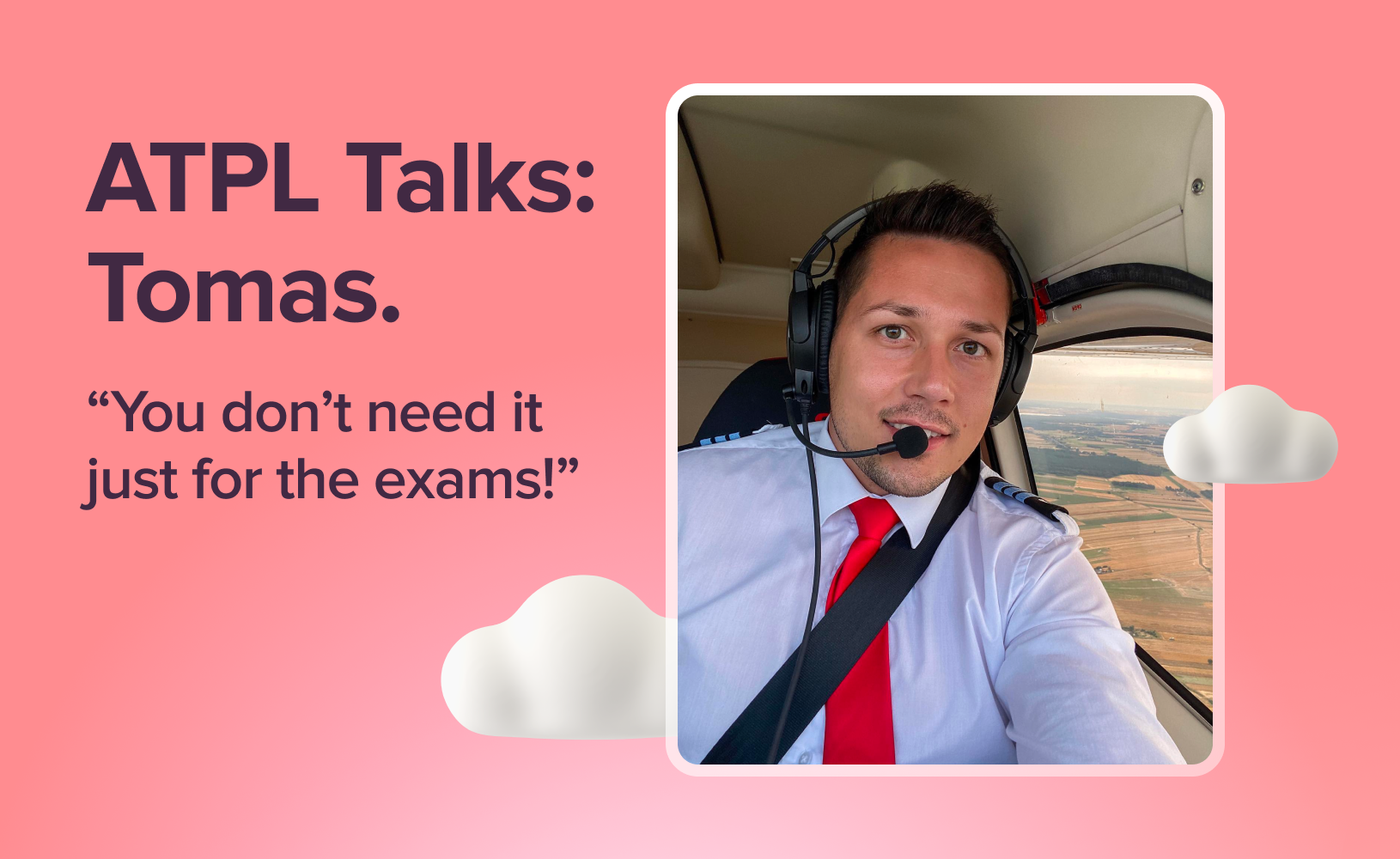Aircraft Control: 3 Axes of Rotation Explained

Flying an aircraft isn’t just about pushing buttons and pulling levers—it’s about understanding how it moves through the sky. Every turn, climb, or descent happens around three invisible axes: roll, pitch, and yaw. Mastering these movements separates a smooth, confident pilot from one constantly fighting the controls.
In this guide, we’ll break down these three axes of rotation in a way that makes sense. We’ll explore how each movement affects your aircraft, which control surfaces are responsible, and how you can use them to fly with precision. Whether you’re just starting your flight training or want to sharpen your skills, this is your go-to resource for nailing the basics of aircraft control. Let’s dive in!
Gain a comprehensive understanding of aircraft parts with our blog, From Nose to Tail: Aircraft Parts and Their Functions, and strengthen your Aircraft General Knowledge studies.
The Three Axes of Rotation
Quick Definition
An aircraft rotates around three fixed axes intersecting at its centre of gravity (CG). Every axis passes through the aircraft at two defined points:
Pitch or Lateral Axis runs from wingtip to wingtip.
Roll or Longitudinal Axis runs from nose to tail.
Yaw or Vertical Axis runs top to bottom.
These axes remain fixed to the aircraft rather than the ground, meaning that regardless of the aircraft’s orientation, they move with it. The flight control surfaces — ailerons, elevators, and rudder — manipulate the aircraft’s movement around these axes, allowing the pilot to control direction, altitude, and bank angle.
However, aircraft axes can be a bit confusing. Especially when it comes to yaw. If you look at the list above, you’ll notice that yaw is controlled around the vertical axis. But yaw is a movement that typically occurs along the horizon, not vertically — so why is it named that way?
It might seem counterintuitive at first, but there’s a logical reason behind it. Let’s break it down in more detail to make sense of it all.
Unlock the secrets to consistently smooth landings and avoid the pitfalls of rapid flap adjustments in our detailed guide: Flaps, Lift & Drag: The Secret to Smooth Landings.

The Lateral Axis
Envision a straight line that goes from one wingtip, through the plane's main body, and out the opposite wingtip. It also passes through the centre of gravity (CG). That’s the lateral axis — it spans the width of the aircraft, parallel to the wings. It governs the aircraft's pitch, or nose-up/nose-down movement, controlled by the elevators.
Since this axis runs side to side, it helps to think of it as the line that defines the aircraft’s level attitude in flight.

The Longitudinal Axis
Now, picture standing directly in front of an aircraft, looking straight at its nose. The longitudinal axis runs from the very front, through the centre of the aircraft, and exits at the tail, passing through the CG. It’s essentially the spine of the aircraft, defining its length. The longitudinal axis defines the aircraft's rolling motion, which is controlled by the ailerons.
A simple way to remember this? Aircraft tend to be quite long from nose to tail—hence, longitudinal!

The Vertical Axis
For the vertical axis, imagine looking down from above and pushing a skewer straight through the centre of the aircraft, from top to bottom. This axis runs perpendicular to both the longitudinal and lateral axes, passing through the centre of gravity. It is normal (perpendicular) to the geometric plane formed by the longitudinal and lateral axes and is responsible for yaw, or side-to-side movement. The rudder controls this rotation.
Now, let’s look at what happens when we manipulate each control.
Explore the core forces of flight — lift, drag, thrust, and gravity — in our blog, Mastering Flight: The 4 Forces Explained.
Pitch
Movement Around the Lateral Axis

Pitch refers to the up-and-down motion of the aircraft’s nose, controlling its angle of attack (AOA) and directly affecting altitude.
Control Input
Pulling the control column back (toward the pilot) moves the elevator up, causing the tail to drop and the nose to rise. This increases lift and initiates a climb.
Pushing the control column forward moves the elevator down, lowering the nose and causing descent.
Operational Use
Take-off and Landing: Precise pitch control is required to rotate during take-off and flare for landing.
Altitude and Speed Control: Increasing pitch while maintaining thrust leads to a climb; decreasing pitch results in a descent.
Stall Prevention & Recovery: If the angle of attack becomes too high, the aircraft may stall. Understanding pitch dynamics helps pilots recover effectively.
Your first solo flight is closer than you think. Learn how to prepare for this milestone and succeed in your flight training.
Roll
Movement Around the Longitudinal Axis

Roll refers to the tilting motion of the aircraft’s wings around the longitudinal axis. When a pilot rolls an aircraft, one wing moves up while the other moves down. This motion is essential for banking and turning.
Control Input
When the pilot moves the control stick or yoke to the left, the left aileron moves up, decreasing lift, while the right aileron moves down, increasing lift. This creates a rolling moment to the left. Conversely, moving the control stick or yoke to the right rolls the aircraft in that direction.
Operational Use
Turning: The Roll is the primary method of initiating a turn. However, proper turns require coordinated rudder input to counteract adverse yaw.
Turbulence Handling: Pilots may need to make small roll corrections to maintain level flight in turbulent conditions.
Steep Turns & Aerobatics: Advanced manoeuvres like steep turns and barrel rolls rely heavily on a controlled rolling motion.
Understand aircraft lights and their meaning in our blog, Aeroplane Lights: Red, Green, White, and More.
Yaw
Movement Around the Vertical Axis

Yaw describes the side-to-side movement of the aircraft’s nose, shifting it left or right without rolling. While yaw does not directly turn the aircraft, it plays a critical role in maintaining coordinated flight.
Control Input
Pressing the left rudder pedal moves the rudder left, pushing the tail right and yawing the nose left. Pressing the right rudder pedal does the opposite.
Operational Use
Coordinated Turns: Without proper rudder input, turns can become uncoordinated, leading to adverse yaw or skidding.
Crosswind Landings: Pilots use the rudder to maintain directional control when landing in strong crosswinds.
Sideslips & Crabbing: These techniques, used in crosswind approaches, require precise yaw control to align with the runway.
Facing obstacles in your flight training? Training Challenges: 12 Reasons Why Student Pilots Quit offers insights and solutions to help you persevere.
How These Axes Work Together

While the concept of aircraft axes seems straightforward, it can quickly become a little confusing. Why? Because as pilots, we don’t use the axis around which the aircraft rotates to describe the movement itself. Sounds a bit strange, right? Let’s talk about it.
Take pitch, for example. The aircraft rotates around the lateral axis, but what’s moving the most? The nose and tail. And they align with the longitudinal axis. So, even though the aircraft pitches around the lateral axis, we call this longitudinal control.
Now, let’s consider roll. The aircraft rotates around the longitudinal axis, but what’s moving? The wing tips, aligned with the lateral axis. This is why the roll is referred to as lateral control.
Yaw is the one exception where things stay simple. When the aircraft yaws around the vertical axis, both the longitudinal and lateral axes shift. For this reason, pilots refer to yaw as directional control.
Now, let’s imagine an aircraft in straight and level flight — the most basic flight condition. All three axes intersect at the centre of gravity, which acts as the aircraft’s pivot point.
To summarise, here’s a quick reference table:

Pilots do not typically control just one axis at a time. Some flight controls create secondary effects, meaning a movement in one axis can also influence another. That's why they move across all three axes to achieve smooth and controlled flight.
Examples of Coordination
Executing a Proper Turn: A smooth turn requires roll (ailerons) to bank the aircraft, yaw (rudder) to counteract adverse yaw, and pitch (elevator) to maintain altitude.
Recovering from a Stall: A stalled aircraft often requires a nose-down pitch correction while maintaining wings level using ailerons and rudder.
Landing in a Crosswind: Pilots use the rudder to keep the nose aligned with the runway while using the ailerons to counteract drift.

Airhead's Takeaway
If we cut the entire blog down to the essentials, here’s your five-second summary:
The elevator controls pitch, rotating the aircraft around the lateral axis.
The ailerons control roll, rotating the aircraft around the longitudinal axis.
The rudder controls yaw, rotating the aircraft around the vertical axis.
Understanding these principles is just the beginning. The real skill comes from experience in the cockpit, where you’ll learn to feel and respond to the aircraft’s movements instinctively. Keep practising, and happy flying!

